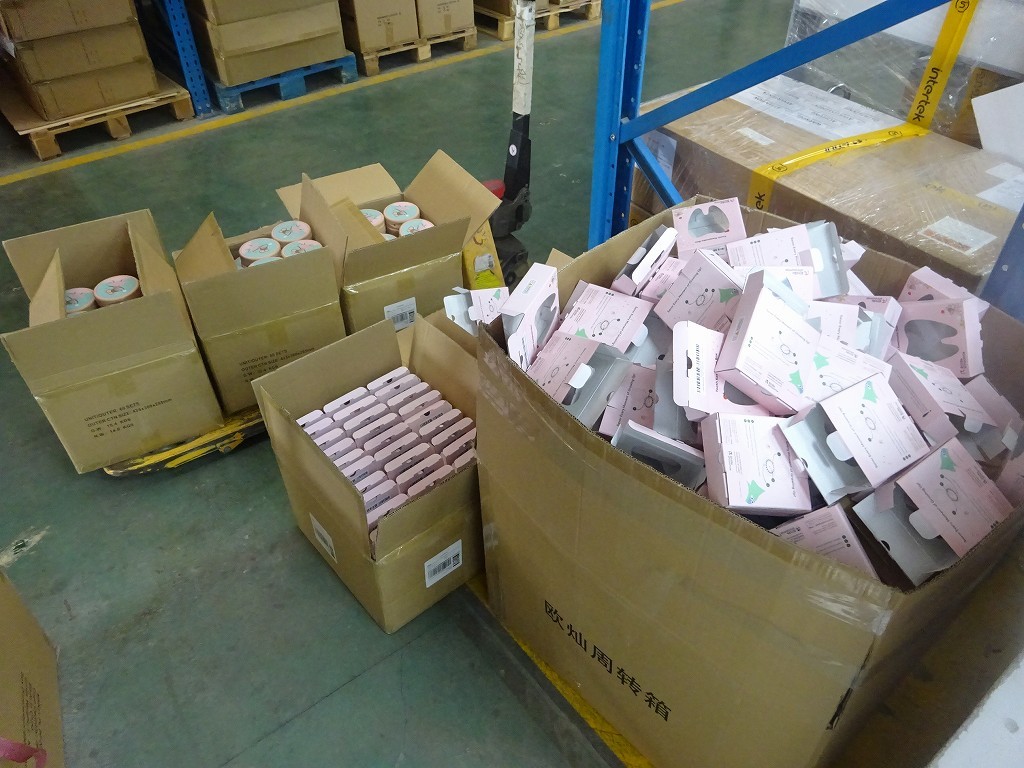Contents
Introduction:
Before handbags reach the consumer market, they undergo a critical phase of pre-shipment inspection. This process is crucial in ensuring that the handbags meet quality standards and are free from defects. This article outlines the necessary tests performed during this stage, explaining their significance and the detailed procedures involved.
1. Visual Inspection:
Significance: This is the first line of defense against visible defects. It ensures that the handbag meets the aesthetic and functional standards expected by consumers.
Procedure: Inspectors meticulously examine each handbag for surface imperfections, color consistency, material quality, and overall craftsmanship. They check for scratches, uneven stitching, and any other visible flaws.

2. Material Testing:
Significance: To guarantee longevity and durability, the materials used in handbags must be of high quality and suited for their purpose.
Procedure: This involves testing the tensile strength, flexibility, and wear resistance of materials. For leather handbags, tests for genuine leather properties, such as grain and texture, are conducted. Fabric and synthetic materials undergo tests for tear resistance and environmental resilience.
3. Stitching and Construction Integrity:
Significance: Proper stitching and construction are vital for the structural integrity of the handbag.
Procedure: Inspectors count the stitches per inch and assess the uniformity and strength of the stitching. They perform stress tests at seams and joins to ensure they can withstand typical loads without failing.
4. Hardware and Closure Functionality:
Significance: Hardware failure can render a handbag unusable, thus checking their functionality is essential.
Procedure: All zippers, clasps, buckles, and magnetic closures are tested for smooth operation and durability. Metal components are checked for corrosion resistance.
5. Load Test:
Significance: Handbags should be able to carry a certain weight without compromising their shape or integrity.
Procedure: The handbag is loaded with a specified weight, then inspected for any signs of strain or damage. Handles and straps undergo a tensile test to ensure they can withstand the load without tearing.
6. Colorfastness and Finish:
Significance: The handbag’s color and finish should be resistant to fading and wear in typical usage conditions.
Procedure: A colorfastness test is conducted by rubbing the material with both a damp and a dry cloth. Inspectors also evaluate the finish for resistance to scratches and peeling.
7. Safety and Compliance Checks:
Significance: Ensuring that handbags comply with international safety standards and regulations is crucial.
Procedure: This includes testing for harmful substances and ensuring that all components, like dyes and adhesives, meet regulatory standards. Inspectors also check for any sharp edges or points that could pose a safety risk.
8. Packaging and Labeling Verification:
Significance: Proper packaging and accurate labeling are essential for logistics and consumer satisfaction.
Procedure: Inspectors verify that each handbag is packaged correctly to prevent damage during shipping. They also check that all labels and tags are present and accurate, including brand markings, care instructions, and material composition.
Conclusion:
The pre-shipment inspection of handbags is a comprehensive process that ensures only products of the highest quality reach consumers. Through a series of meticulous tests, inspectors assess every aspect of the handbag, from material quality to functional durability. This rigorous process safeguards brand reputation, ensures customer satisfaction, and upholds industry standards.






